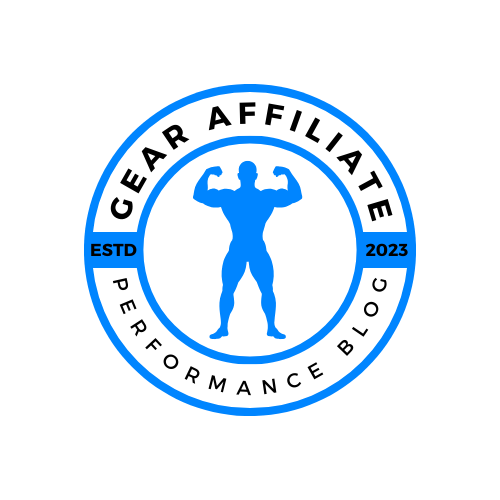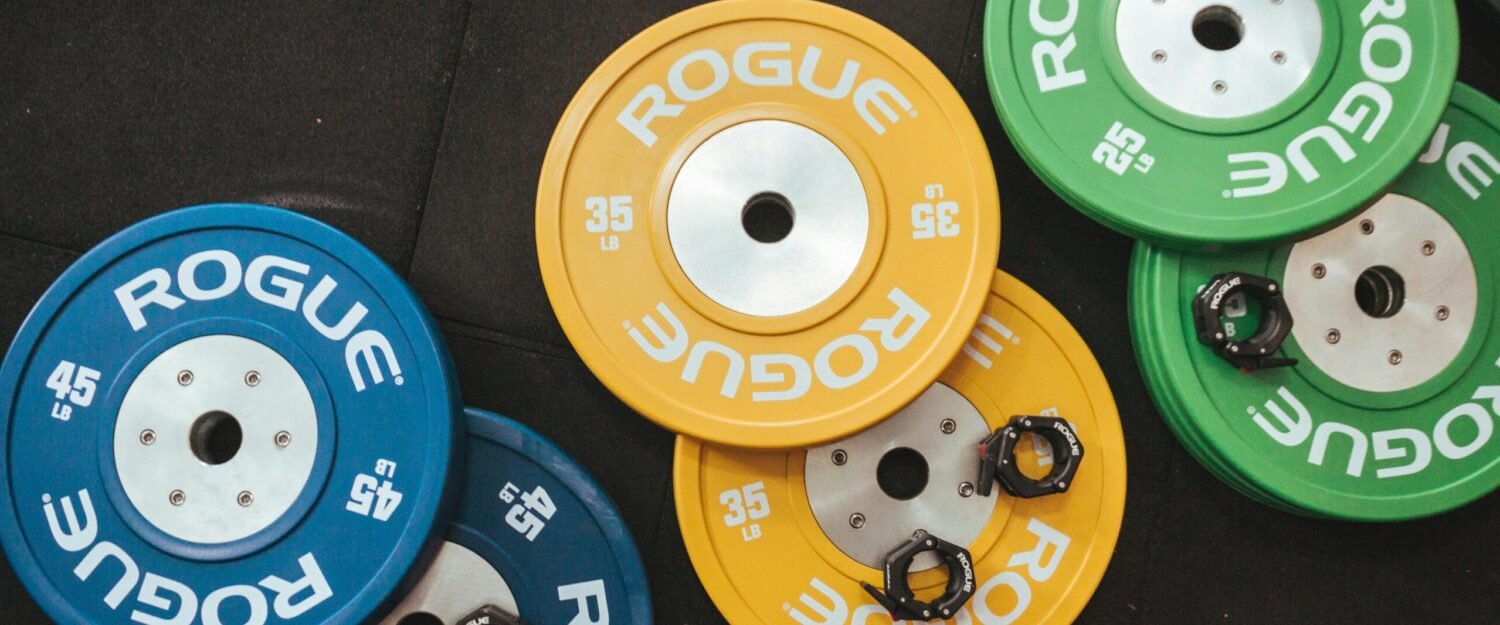
Table of Contents
Understanding Resting Heart Rate
Resting heart rate (RHR) refers to the number of heartbeats per minute while an individual is at rest. It is an important indicator of cardiovascular health and overall fitness level. RHR can provide insight into how efficiently the heart functions and how well the body is adapted to physical stress. Typically, RHR is measured first thing in the morning after a full night’s sleep, as this is when the body is in a restful state.
The physiological function of the heart during rest involves a complex interplay of electrical signals and muscle contractions, culminating in the vital role of the sinoatrial node, which generates the electrical impulses that initiate heartbeats. When the body is at rest, the heart does not require as much blood flow, resulting in a lower heart rate. Various factors can influence RHR, including age, fitness level, hydration status, and even environmental conditions. Generally, a lower RHR signifies better cardiovascular efficiency, which is often attributed to regular physical activity and a well-conditioned heart.
Typical resting heart rate ranges for healthy adults are between 60 to 100 beats per minute. Athletes, particularly those involved in weightlifting or endurance sports, often present RHRs below 60 bpm, which reflects enhanced heart efficiency. Monitoring RHR can be particularly significant for weightlifting enthusiasts, as it allows individuals to assess their recovery status and readiness for training. A consistently low RHR could indicate effective training adaptation, while sudden increases might suggest inadequate recovery or overtraining. Therefore, tracking RHR can serve as an essential tool in optimizing training regimens and enhancing overall fitness performance.
Improved Recovery Times
For weightlifting enthusiasts, the significance of recovery cannot be overstated. A lower resting heart rate (RHR) is closely linked to better recovery times between workouts, facilitating enhanced performance and reduced risk of injury. The relationship between RHR and the autonomic nervous system plays a crucial role in this context. When individuals maintain a lower RHR, it often indicates improved cardiovascular efficiency and a more resilient body capable of quicker recovery from strenuous physical exertion.
The autonomic nervous system comprises two main divisions: the sympathetic and parasympathetic systems. The sympathetic system is responsible for the body’s “fight or flight” response, while the parasympathetic system promotes relaxation and recovery. A lower resting heart rate typically signifies a stronger parasympathetic response, which allows the body to return to its baseline state more effectively after rigorous weightlifting sessions. This improved efficiency not only aids in more rapid recovery but also enhances overall workout consistency.
To track recovery times effectively, weightlifting enthusiasts can implement several methods. Using wearable technology, such as heart rate monitors or fitness trackers, can provide real-time data on RHR and monitor progress over time. Keeping a workout journal that includes RHR readings and workout details can also help identify trends and recovery patterns, leading to more informed training decisions.
Additionally, several lifestyle adjustments can positively influence resting heart rate and, consequently, recovery times. Incorporating consistent aerobic exercise into routines can enhance cardiovascular health, leading to a lower RHR. Adequate hydration, proper nutrition, and sufficient sleep are also critical factors in supporting heart health. Furthermore, mindfulness practices, including meditation and yoga, can promote relaxation and further decrease RHR over time. By focusing on these aspects, weightlifting enthusiasts can optimize their recovery strategies, resulting in improved performance and overall well-being.
Enhanced Workout Performance
A lower resting heart rate (RHR) is an important indicator of cardiovascular efficiency and overall fitness, particularly for weightlifting enthusiasts. When the heart is well-conditioned, it can pump blood more efficiently, allowing for improved oxygen delivery to muscles during intense workouts. This increased efficiency can lead to enhanced endurance and strength output, which are critical factors for achieving success in weightlifting. As the heart becomes more adept at its function, lifters often find they can sustain higher intensities for longer periods without experiencing fatigue, thereby maximizing their training sessions.
Research has shown that athletes with lower resting heart rates experience significant benefits in their workout performance. For example, a study examining competitive weightlifters found that those with RHRs below 60 beats per minute demonstrated superior endurance compared to their peers. Their ability to manage intensity levels allowed them to increase the volume of training, ultimately leading to enhanced muscle hypertrophy and overall performance improvement. Furthermore, a lower RHR is often associated with a higher stroke volume—the amount of blood pumped per heartbeat—which enhances physical performance by allowing quicker recovery between sets. This is particularly valuable when engaging in demanding weightlifting routines, where timely recovery can dictate overall training efficacy.
One notable case is that of Olympic weightlifter Sarah Davis, who meticulously monitored her cardiovascular health and adjusted her training regimen to optimize her resting heart rate. By incorporating aerobic conditioning into her routine, she successfully lowered her RHR, resulting in notable improvements in her lifting capacity and competition outcomes. Athletes like Sarah exemplify the direct relationship between a healthy resting heart rate and enhanced workout performance. Focusing on heart rate management allows weightlifting enthusiasts to unlock their true potential, leading to significant gains in strength and endurance.
Long-Term Health Benefits
Maintaining a lower resting heart rate (RHR) is often associated with various long-term health benefits, particularly relevant for weightlifting enthusiasts. Numerous studies highlight a robust link between a lower RHR and a reduced risk of cardiovascular diseases, which is essential for those engaging in strength training. A lower RHR typically indicates a more efficient heart function, meaning the heart pumps more blood with each beat. This efficiency can result in lower blood pressure and diminished stress on the heart, contributing to a decreased likelihood of heart disease over time.
Moreover, a lower resting heart rate is often associated with better metabolic health. When coupled with regular weightlifting, it plays a crucial role in improving insulin sensitivity and blood sugar regulation, which are vital for overall metabolic function. As individuals engage in consistent strength training, the demand for oxygen increases, leading to adaptations within the cardiovascular system. Over time, these adaptations help the heart operate more effectively while also enhancing the body’s ability to utilize energy efficiently.
In terms of longevity, individuals with a lower resting heart rate often experience a longer lifespan due to the cumulative effects of lower cardiovascular risk and improved metabolic health. Engaging in regular weight training not only supports the goal of achieving a lower RHR but also promotes the development of lean muscle mass, which further aids in fat loss and overall well-being. Therefore, for weightlifting enthusiasts, embracing a routine that focuses on strength training can be a vital pillar in supporting long-term heart health. As such, investing effort in lowering your resting heart rate through consistent exercise pays dividends for overall physical health and longevity.
If you found this post to be helpful, then you may be interested in the rest of our blog page here.
At Gear Affiliate, we always want to give our readers more resources to research. Below are a few sources that we have found to be helpful relating to this topic.
Video Links: Video 1, VIdeo 2.
Discover more from GearAffiliate
Subscribe to get the latest posts sent to your email.


